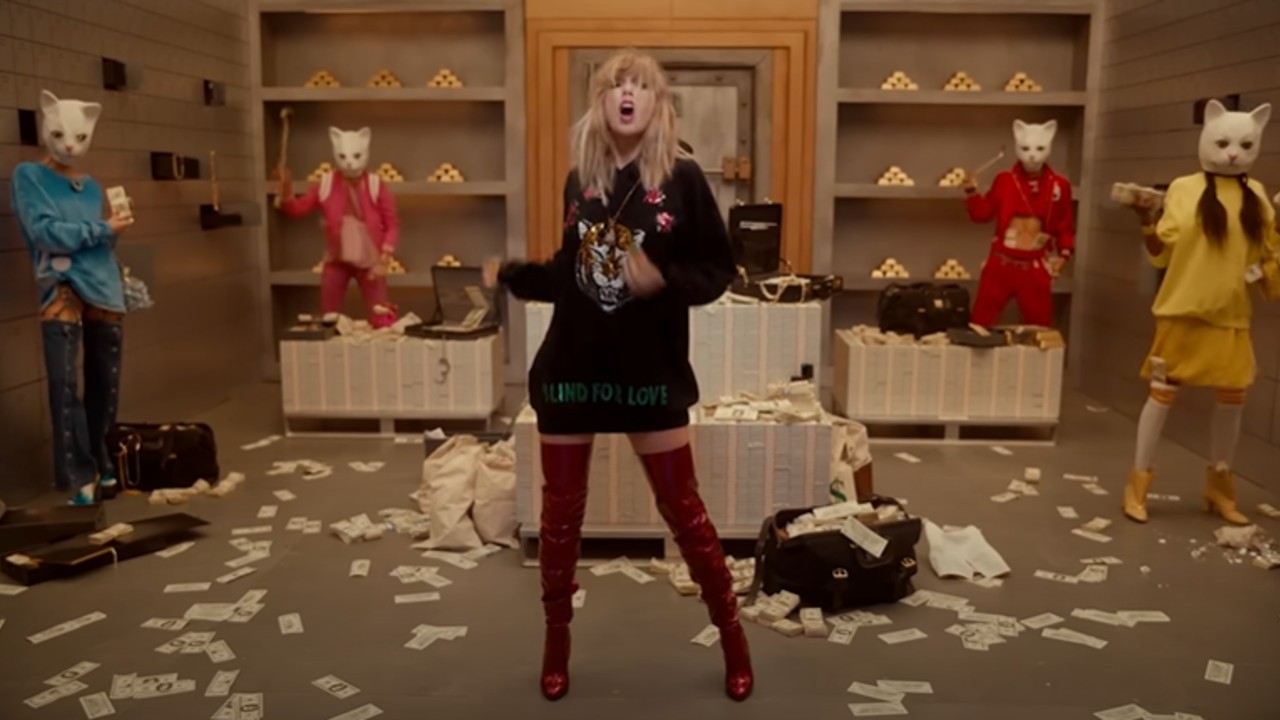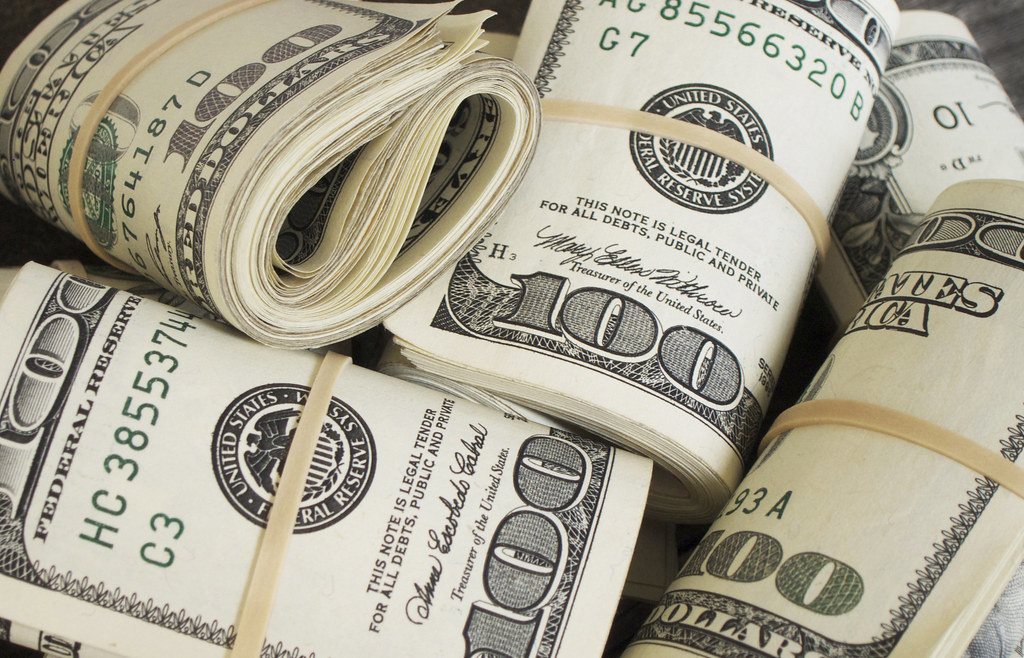
Oh, the early 2000s! A time capsule of chunky highlights, flip phones, and pop-punk anthems that still live rent-free in our heads. We look back with a mix of fondness and a healthy dose of nostalgia, remembering a decade that truly was a whirlwind of cultural shifts. But let’s be real, for every iconic moment that brings a smile to our faces, there are countless others that, well, haven’t exactly stood the test of time.
Indeed, the turn of the millennium was a period of rapid change, where reality TV, movies, and magazines all fiercely competed for attention, constantly pushing the envelope of what was considered acceptable. This era, in hindsight, was marked by a fascination with sensationalism and shock value, often blurring the lines between entertainment and exploitation. From outrageous talk shows that capitalized on personal drama to dating spectacles designed for maximum impact, the culture was undeniably loud.
Today, with a growing awareness of crucial issues like consent, representation, and mental health, many of these once-popular cultural artifacts feel incredibly disconnected from our current values. The humor, the fashion, the social norms – they all highlight just how much our collective tastes and societal standards have evolved. So, buckle up, grab your virtual scrunchie, and prepare for a journey back in time as we unearth some of the biggest cultural trends from the early 2000s that have truly ‘aged like milk.’

1. **Paris Hilton’s My New BFF (2008-2009)**Remember when Paris Hilton was looking for a new best friend, and MTV decided to turn it into a full-blown reality competition? Yes, “Paris Hilton’s My New BFF” was a show where contestants literally vied for the ultimate prize: the socialite’s coveted friendship. They were put through a series of absurd challenges, all under Paris’s watchful eye, as she sought to test their loyalty and determine who was truly worthy of her inner circle. It was peak early 2000s celebrity culture, wrapped up in a shiny, rhinestone-encrusted bow.
At the time, the show was a guilty pleasure for many, offering a peek into the glamorous, albeit somewhat superficial, world of celebrity friendships. The drama, the catfights, the contestants trying desperately to impress Paris – it was all part of the entertainment. It played right into the era’s fascination with reality TV and the lives of the rich and famous, giving viewers what they thought they wanted from their dose of pop culture.
But fast-forward to today, and the premise of competing to be someone’s best friend feels incredibly dated, almost comically out of touch. The challenges often reinforced behaviors that now strike us as shallow and entitled, prioritizing manufactured drama and superficiality over the genuine foundations of friendship. In a world that increasingly values authenticity and meaningful connections, the concept of such a show feels like a relic, a stark reminder of how reality TV has thankfully shifted towards celebrating real relationships rather than manufactured spectacles.
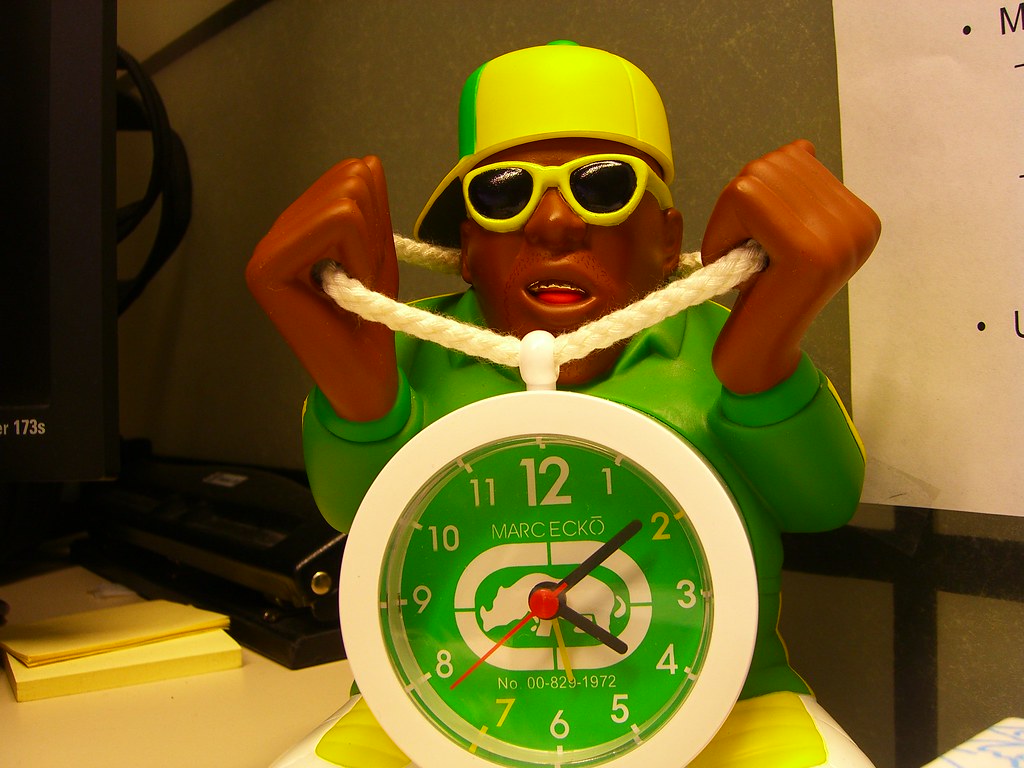
2. **Flavor of Love (2006-2008)**Before there was “I Love New York,” there was the original, chaotic masterpiece: “Flavor of Love.” This VH1 reality dating show rocketed rapper Flavor Flav into a whole new stratosphere of fame as he embarked on a quest to find love among a diverse group of women. Known for its outrageous antics, explosive confrontations, and a cast of unforgettable personalities (who could forget ‘Hottie’ or ‘New York’?), it was appointment television for many looking for their weekly dose of reality TV drama.
“Flavor of Love” undeniably pushed boundaries with its over-the-top scenarios and bold characters, becoming a cultural phenomenon that sparked countless watercooler conversations. The show’s deliberate sensationalism, from the ‘clock chain’ ceremony to the often-heated arguments between contestants, was designed to shock and entertain, and it largely succeeded in capturing the zeitgeist of a particular moment in reality television.
However, looking back through a contemporary lens, the show’s portrayal of women and its reliance on racial stereotypes feel profoundly backward and uncomfortable. The antics that were once passed off as entertaining now appear more akin to exploitation, consistently prioritizing drama over any semblance of genuine connection or respect. With today’s heightened emphasis on respect, authenticity, and thoughtful representation, “Flavor of Love” registers as a stark reminder of a less conscious era, underscoring how significantly reality TV has evolved to offer more nuanced and considerate content.

3. **Who Wants to Marry a Multi-Millionaire? (2000)**Picture this: It’s the year 2000, and Fox airs a one-time television special with a premise so outlandish it had to be real. “Who Wants to Marry a Multi-Millionaire?” was essentially a beauty pageant where the ultimate prize wasn’t a crown or a sash, but marriage to a wealthy stranger. The show culminated in the winning contestant marrying a millionaire she had met moments before, live on national television. It was, without a doubt, a jaw-dropping spectacle that blurred the lines between dating, reality TV, and pure fantasy.
At the time, the sheer audacity of the concept drew in millions of viewers, eager to witness what seemed like a modern-day fairy tale (or perhaps, a train wreck in slow motion). It tapped into societal fascinations with wealth, glamour, and instant gratification, promising a shortcut to a life of luxury and love. The idea that someone could find their life partner through such an unconventional, public display captivated audiences, highlighting the era’s hunger for sensational and boundary-pushing content.
Revisiting this special today, the entire concept feels incredibly outdated and frankly, quite disturbing. The show crassly commodified marriage, reducing profound human connections to a game show prize or a mere transaction, devoid of genuine relationship building or emotional depth. The subsequent scandal, revealing the ‘multi-millionaire’ had a questionable past and lacked proper vetting, further cemented its place as a cultural misstep. Such a program would undoubtedly face immense backlash today, given our contemporary focus on genuine relationships, personal agency, and stringent ethical standards for television production.
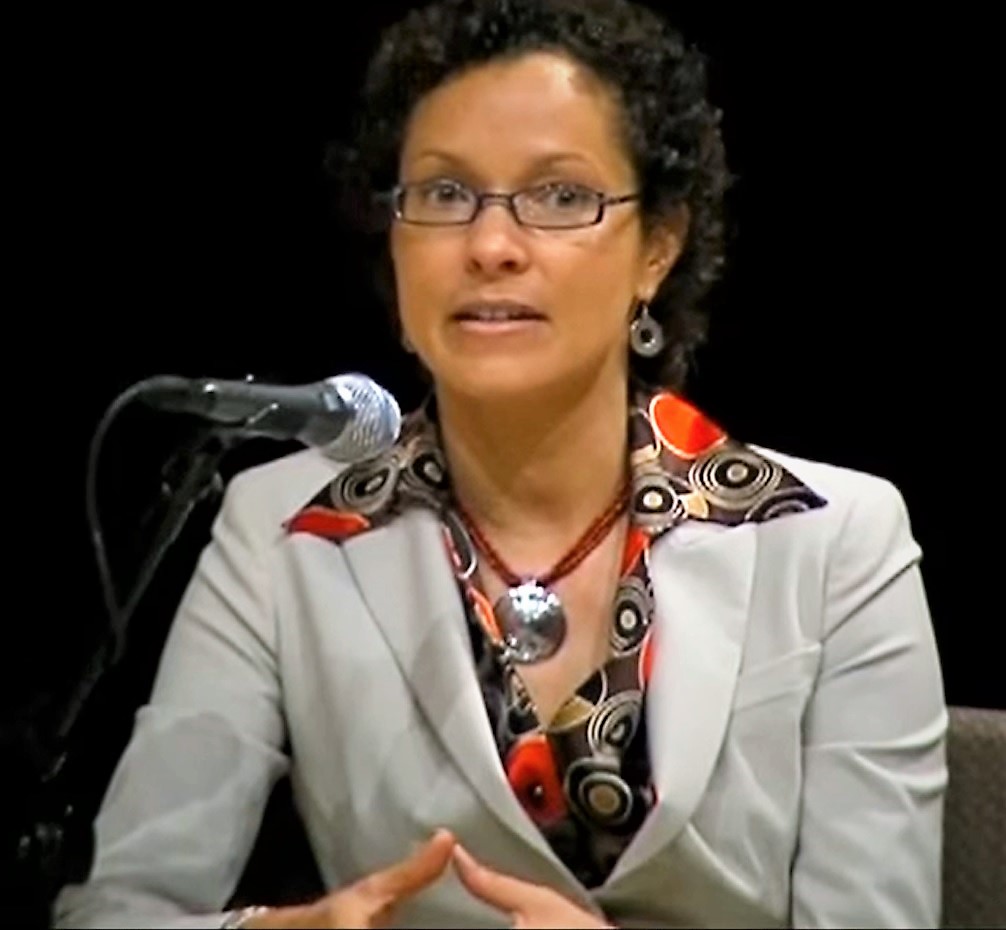
4. **Girls Gone Wild videos (Late 1990s-Early 2000s)**For anyone who watched late-night TV in the late ’90s and early 2000s, the “Girls Gone Wild” commercials were an unavoidable staple. These video series famously showcased young women, often in the throes of spring break festivities, engaging in revealing behavior like flashing the camera. It was aggressively marketed as an unfiltered, wild, and carefree glimpse into the ultimate party lifestyle, promising viewers a raw, uninhibited experience.
These videos became synonymous with a certain brand of hedonism, appealing to an audience hungry for explicit content that felt rebellious and daring. The marketing machine behind “Girls Gone Wild” successfully tapped into a cultural fascination with excess and illicit thrills, making the series a pervasive, if controversial, part of the early 2000s landscape. Its widespread presence cemented it as an iconic, albeit notorious, product of its time.
The concept behind “Girls Gone Wild” has, unequivocally, not aged well, largely due to its deeply exploitative approach. A significant number of the women featured in these videos were filmed while intoxicated, raising serious ethical questions about consent and privacy that are critically examined today. What was once dismissed by some as harmless fun now appears predatory and unethical, particularly when viewed through a modern lens that champions respect, autonomy, and enthusiastic consent. The series’ explicit focus on commodifying such footage for profit, often at the expense of the participants’ dignity, serves as an uncomfortable reminder of problematic attitudes that, thankfully, society is striving to move beyond.
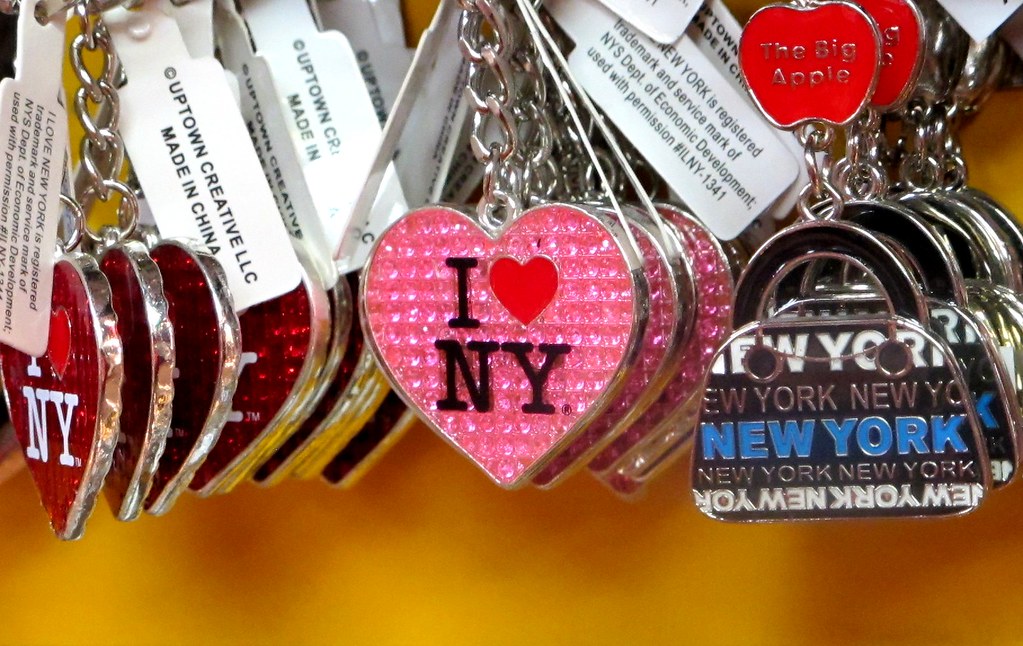
5. **I Love New York (2007-2008)**After her unforgettable (and often explosive) appearances on “Flavor of Love,” Tiffany “New York” Pollard quickly became a reality TV icon in her own right. Capitalizing on her immense popularity and fiery personality, VH1 gave her a spin-off: “I Love New York.” This show followed New York on her own quest for love, with a fresh batch of male contestants competing for her affection. It promised even more drama, more memorable catchphrases, and more of New York’s signature take-no-prisoners attitude.
The series delivered exactly what fans expected: a high-octane dating competition filled with over-the-top personalities and relentless confrontation. New York’s sharp wit and unyielding demands made for compelling television, creating moments that were endlessly rewatchable and quotable. It solidified the blueprint for dramatic reality dating shows, where emotional fireworks and bold declarations were the main ingredients.
However, upon reflection, the show’s heavy reliance on manufactured drama, explosive confrontations, and often brutal insults feels remarkably dated today. The numerous physical altercations and verbal sparring matches that once enthralled viewers now seem less like entertaining spectacle and more like pure sensationalism, often bordering on disrespect. In our current cultural climate, which places a higher value on genuine connections, respectful interactions, and healthier relationship dynamics, “I Love New York” emerges as a stark product of its specific time, underscoring how much the expectations for reality TV have shifted toward more meaningful, less combative, storytelling.
Read more about: From Child Stars to Quiet Luxury Queens: Mary-Kate Olsen’s Style Evolution That’s Still Turning Heads

6. **The Man Show (1999-2004)**For a solid stretch from the late ’90s into the early 2000s, “The Man Show” was the epitome of “guy humor” on television. Hosted by the now-ubiquitous Jimmy Kimmel and Adam Carolla, the show was a celebration of hyper-masculinity, featuring segments that included beer-chugging contests, skits that frequently made light of women, and the infamous “juggies” – women dancing in revealing attire. It carved out a niche for itself as an edgy, no-holds-barred comedy show for men, by men.
At the time, the show positioned itself as counter-cultural, a refreshing antidote to what it perceived as overly PC or feminine programming. Its brand of humor, often relying on crude jokes and exaggerated stereotypes, resonated with a segment of the audience looking for unapologetically “male” content. “The Man Show” was a clear reflection of a particular strain of male-centric comedy prevalent in the era, where shock value and pushing boundaries were key to its appeal.
Fast forward to today, and “The Man Show” feels less like edgy comedy and more like a relic from a bygone era, a stark time capsule from a very different cultural landscape. The jokes, which often mocked and devalued women, alongside its overall celebration of a ‘bro humor’ ethos, now come across as profoundly tone-deaf and out of sync with a more inclusive and respectful culture. It serves as a potent reminder of how much our societal perspectives on comedy, gender equality, and representation have evolved and improved over the years.
Read more about: The Enduring Legacy: Ranking 10 Family Vans Built to Serve Multiple Generations of Owners
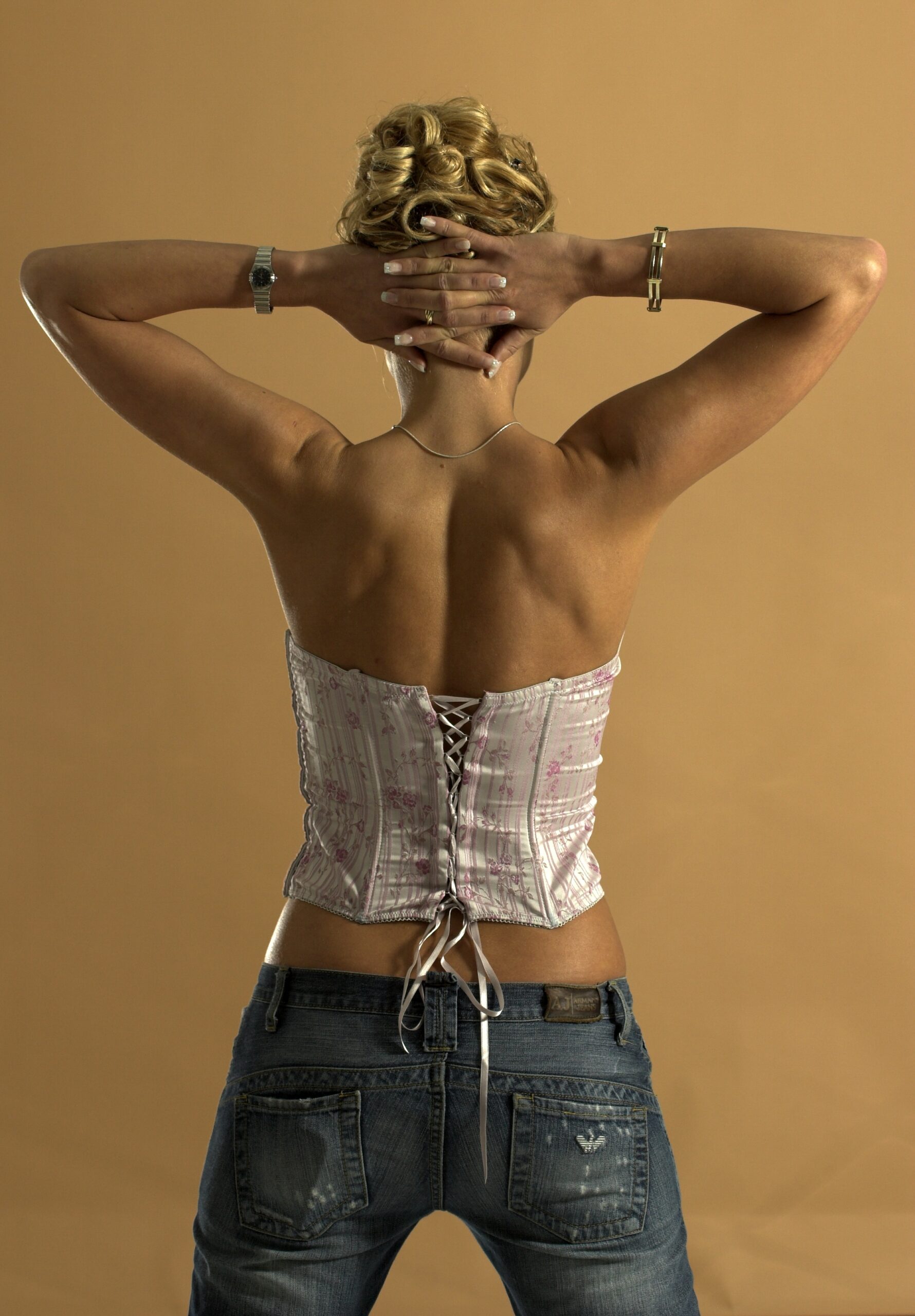
7. **Low-Rise Jeans**If there’s one fashion trend that immediately screams “early 2000s” and sends shivers down the spines of many, it’s the omnipresent low-rise jean. They were absolutely everywhere, gracing the bodies of pop princesses like Britney Spears and Christina Aguilera, and, of course, the queen of the era herself, Paris Hilton. These jeans famously sat at, or even below, the hips, daringly exposing the navel and creating an elongated torso appearance that was considered the height of chic at the time.
This trend rapidly permeated youth culture, particularly among young women, who felt an undeniable pressure to conform to this new, prevailing standard of beauty. Fashion magazines and advertisements relentlessly perpetuated the notion that only specific body types—namely, those with flat stomachs and slim hips—could successfully pull off low-rise jeans. It became an unspoken uniform for those aspiring to celebrity-like status, a badge of honor for anyone who could rock the look.
However, in hindsight, the low-rise jean trend was far from harmless. It aggressively promoted an incredibly unrealistic and exclusive body ideal, inadvertently setting the stage for a host of detrimental effects on self-esteem and body image for countless individuals. The constant comparison and the implied message that only a certain physique was acceptable led to widespread body dissatisfaction. Thankfully, today’s fashion landscape is embracing body positivity and inclusivity, making the restrictive and often uncomfortable low-rise cut a sartorial choice many are happy to leave in the past.
Phew! Those first seven trends definitely gave us a run for our money in the cringe department, didn’t they? But hold onto your bedazzled flip phones, because our trip down early 2000s memory lane isn’t over yet. Get ready to cringe and maybe even chuckle as we unpack eight more questionable cultural trends, from truly bizarre beauty standards and distinctive fashion statements to some pretty wild social media practices and other cultural missteps that, bless their hearts, just didn’t stand the test of time.
Read more about: From School Cafeterias to Cult Classics: 13 ’00s Soft Drinks That Defined a Generation

8. **Over-Plucked Eyebrows**Remember when thin was in, even for your eyebrows? In the early 2000s, it felt like everyone was plucking their brows into oblivion, aiming for those barely-there, super-arched lines that were supposed to look polished and trendy. It was a rigorous beauty routine, often ignoring what might naturally suit one’s face, all in the pursuit of what magazines and celebrities dictated as the ultimate brow goal.
This trend wasn’t just a fleeting style; it was an obsession that led to many struggling to regrow their brows years later. The overly thin lines often resulted in an unbalanced appearance, sometimes even affecting facial expressions. What was once seen as the height of sophistication now looks harsh and, dare we say, a little awkward, especially when viewed through today’s lens of beauty.
Thankfully, the beauty pendulum has swung dramatically. Today, thick, full, and natural brows are celebrated, creating a youthful and authentic look that enhances facial features rather than erasing them. This shift has had a lasting effect on people’s grooming habits, with many now focusing on nourishing and shaping their brows to complement their natural beauty, a stark contrast to the painful plucking marathons of two decades past.
Read more about: Don’t Apply These Outdated Eye Makeup Techniques in 2025 Anymore

9. **Velour Tracksuits**If you didn’t own a velour tracksuit in the early 2000s, were you even living? Thanks to icons like Paris Hilton and the ubiquity of Juicy Couture, these sparkly, often bedazzled, two-piece sets became the unofficial uniform of celebrity culture and suburban cool. They weren’t just clothes; they were a status symbol, often adorned with flashy logos or rhinestones that screamed “I’m fabulous and comfortable, thank you very much.”
These tracksuits were everywhere, from grocery runs to red carpet appearances, blending the lines between loungewear and high fashion in a way that felt revolutionary at the time. They promised effortless glamour, making you feel like a pop star even if you were just heading to your local Blockbuster. The sheer comfort combined with the undeniable ‘bling’ factor made them irresistible to a generation.
However, as fast fashion truly took over and knocked-off versions flooded the market, velour tracksuits gradually lost their exclusivity and unique appeal. What was once a statement of luxury became widely accessible, diluting its cachet. While there’s a certain nostalgic charm to them today, the overwhelming feeling is that they belong firmly in the past, a symbol of an era that prioritized comfort with a side of questionable sparkle, leaving us with a lingering question: just how many rhinestones are *too* many?
Read more about: Remember the ’00s? These 14 Style Icons Owned the Red Carpet and Shaped a Generation!
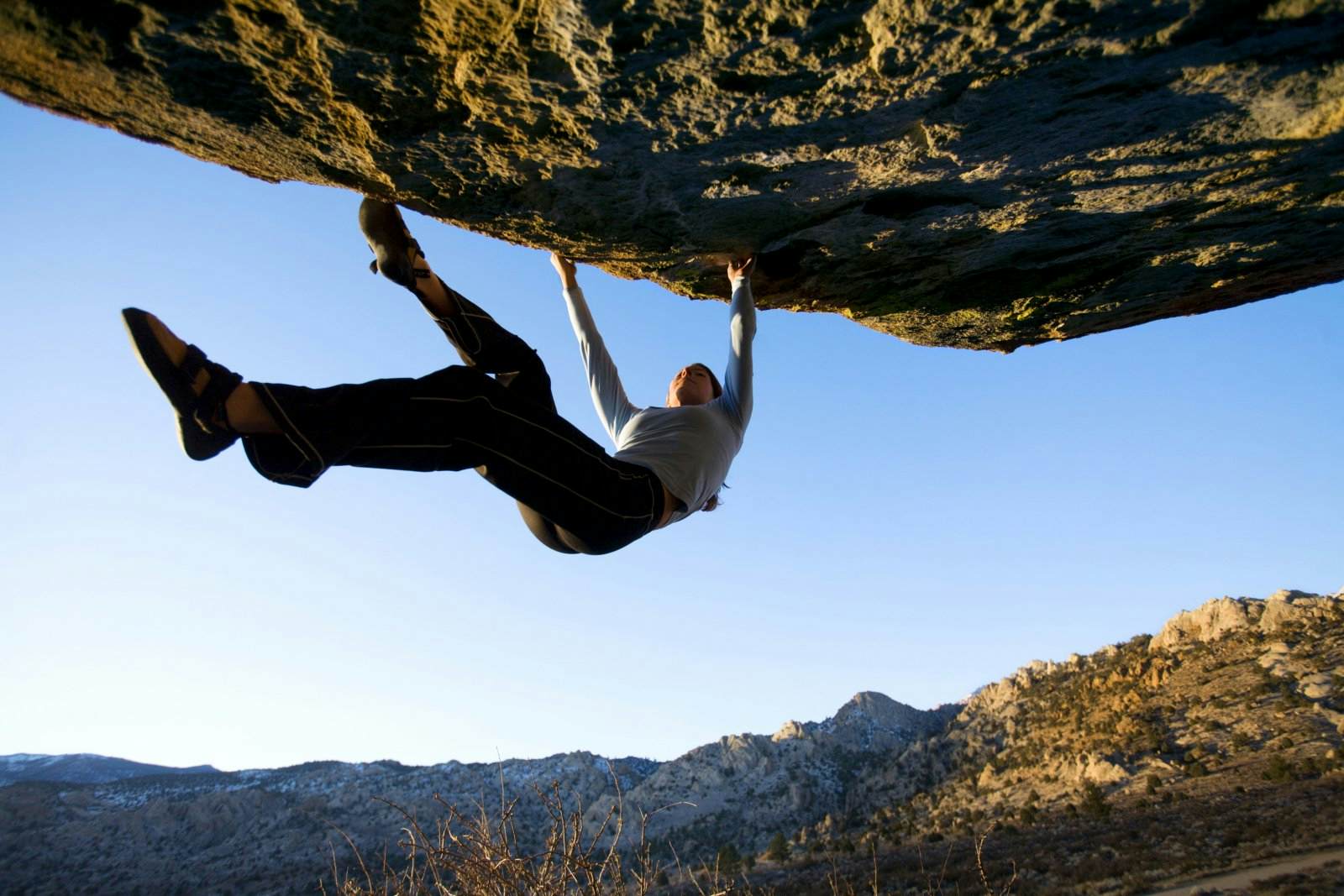
10. **Extreme Tanning**Cast your mind back to an era when a deep, almost orange-hued tan was considered the pinnacle of attractiveness. The early 2000s saw countless individuals spending hours baking in the sun or frequenting tanning salons, all in pursuit of that coveted bronzed look. It was a beauty standard perpetuated by media and celebrity culture, suggesting that a darker complexion equated to health, glamour, and desirability.
This pursuit of the ‘perfect’ tan, however, often came at a significant and alarming cost. The widespread practice of excessive tanning dramatically increased the risk of skin cancer and premature aging, facts that were not as widely acknowledged or heeded then as they are today. The desire to conform to this specific aesthetic overshadowed genuine health concerns for many.
Thankfully, society’s perspective on tanning has undergone a crucial transformation. We are now shifting towards embracing all skin tones and promoting a more inclusive and body-positive definition of beauty. Contemporary tanning trends, when they occur, tend to focus on enhancing one’s natural complexion safely, rather than attempting to drastically alter it. This shift reflects a much-needed cultural evolution, prioritizing health and natural beauty over a potentially dangerous, outdated ideal.
Read more about: From IRS Nightmares to Bankruptcy Battles: 14 Celebrities Who Faced Serious Financial Legal Trouble
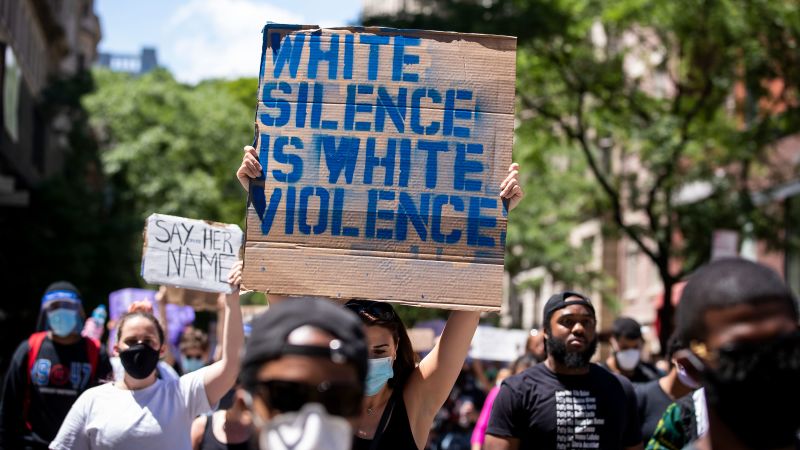
11. **Racist Humor in Media**The early 2000s, for all its pop culture flair, was also a period where racially insensitive jokes were unsettlingly common in mainstream media. Shows like ‘Family Guy’ and ‘South Park,’ while known for their edgy humor, frequently used stereotypes as comedic devices, often without considering the genuine harm and offense they might cause to diverse audiences. It was a reflection of broader societal attitudes where certain types of humor were given a pass.
This reliance on stereotypes wasn’t limited to animated shows; it permeated movies like ‘American Pie’ and ‘Road Trip,’ where humor often hinged on caricatures that, today, simply don’t resonate with audiences. What was once dismissed as ‘just a joke’ or ‘edgy comedy’ now feels profoundly tone-deaf, highlighting a less conscious era where thoughtful storytelling and inclusive representation were often overlooked in favor of shock value.
Today, there’s a heightened awareness and demand for media that is both respectful and genuinely funny, without resorting to harmful tropes. Audiences are actively seeking narratives that are nuanced and representative, making the casual racial humor of the early 2000s feel incredibly out of step with current values. It serves as a stark reminder of how much progress still needs to be made, but also how far our collective understanding of respectful comedy has evolved.
Read more about: Beyond the Punchline: 9 Jaw-Dropping ‘Confessions’ from Comedians That Sparked Outrage and Changed Careers Forever
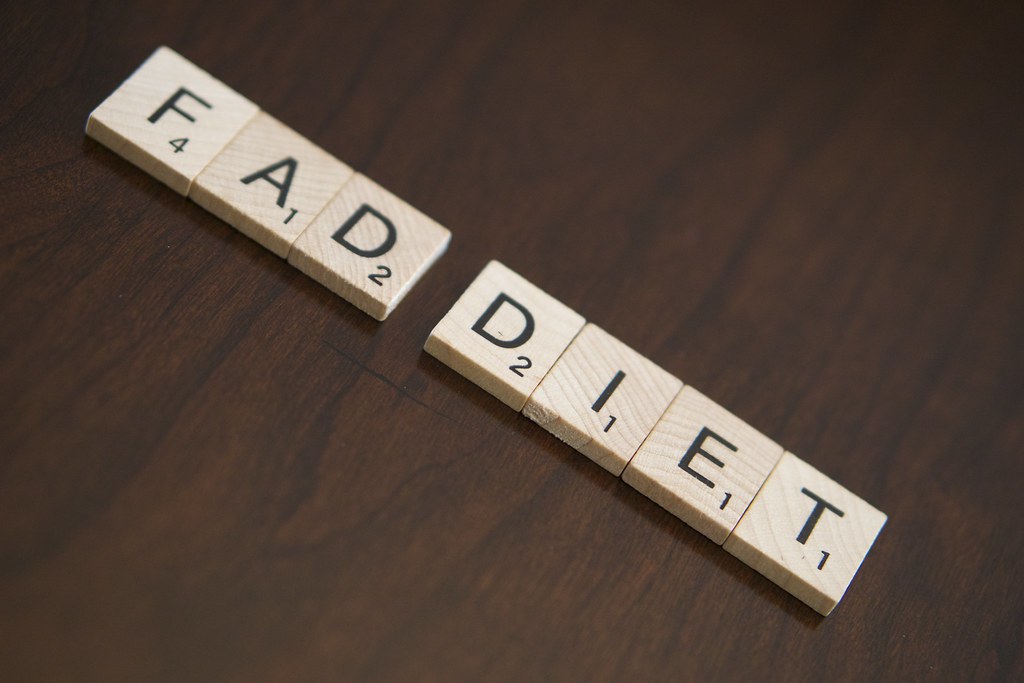
12. **Fad Diets**The early 2000s was a prime era for extreme eating regimens, with fad diets like Atkins and South Beach dominating conversations and bookshelves. These diets promised rapid weight loss through often severe dietary restrictions, leading many to believe that deprivation was the only path to the idealized ‘skinny’ physique prevalent at the time. The focus was on quick fixes, not sustainable health.
These highly restrictive plans frequently led to nutritional imbalances, denying followers essential nutrients and fostering an unhealthy relationship with food. What began as a quest for a thinner body often set the stage for a host of detrimental eating habits that, for many, took years to correct and overcome. The constant pursuit of an unrealistic body ideal was a pervasive cultural undercurrent.
Today, there’s a much-welcomed movement towards body positivity, intuitive eating, and a holistic approach to wellness, challenging the narrow beauty standards that once fueled these extreme diets. We now understand the importance of balanced nutrition and mental well-being over crash dieting. The legacy of early 2000s fad diets serves as a cautionary tale, reminding us how far we’ve come in promoting healthier, more inclusive attitudes towards our bodies and food.
Read more about: Fueling Clarity: The 12 Snacks CEOs Absolutely Avoid for Sharp Decision Making and Energy

13. **Popped Collars**Ah, the popped collar! A fashion statement that, for a brief, glorious period in the early 2000s, was the epitome of cool, confidence, and perhaps a touch of casual arrogance. Inspired by pop culture and adopted by young people, flipping up the collar of your polo shirt – sometimes even layering multiple polos with all collars popped – was seen as a bold declaration of style. It was a way to signify a certain status or attitude.
This trend wasn’t just about fashion; it often conveyed an air of wealth or superiority, encouraging individuals to conform to a specific, almost preppy, aesthetic rather than embracing their unique style. It was a uniform for those aiming for a certain social image, a visual cue that you were ‘in the know’ or part of the ‘it crowd,’ even if it occasionally made outfits look stiff and uncomfortable.
Today, the popped collar evokes a mixture of nostalgia and polite bewilderment. Fashion has thankfully moved towards celebrating individuality and self-expression, encouraging people to dress in ways that make them feel genuinely confident and authentic, regardless of fleeting societal norms. The days of multiple, rigidly popped collars are largely behind us, a sartorial choice happily left in the annals of early 2000s fashion history.

14. **MySpace Top 8 Drama**Before Instagram stories and TikTok feeds, there was MySpace, and with it, the legendary ‘Top 8’ friends list. This feature, where you publicly ranked your eight most important friends for all the world to see, was a source of endless fascination, meticulous curation, and, let’s be honest, intense social drama. Changing the order or, gasp, *removing* someone could spark real-life friendship crises.
The MySpace Top 8 turned friendships into a public scoreboard, creating a digital hierarchy where feelings were frequently hurt over a simple rearrangement on a webpage. What felt like an innocent, fun way to express your closest connections at the time now seems undeniably petty and stressful, reflecting a less mature understanding of online social dynamics and their real-world impact.
Today, social media platforms have largely shifted towards more private connections and less overt ranking systems, recognizing the potential for exclusion and competition. While contemporary platforms have their own complexities, the explicit, public ranking of friends on MySpace stands out as a unique relic. It’s a stark reminder of how online interactions used to fuel anxieties, thankfully prompting a shift towards more nuanced and considerate digital relationship management.
Read more about: Adele’s Incredible Journey: Tracing Her Evolution From Rising Star to Unstoppable Icon After a Major Career Shift
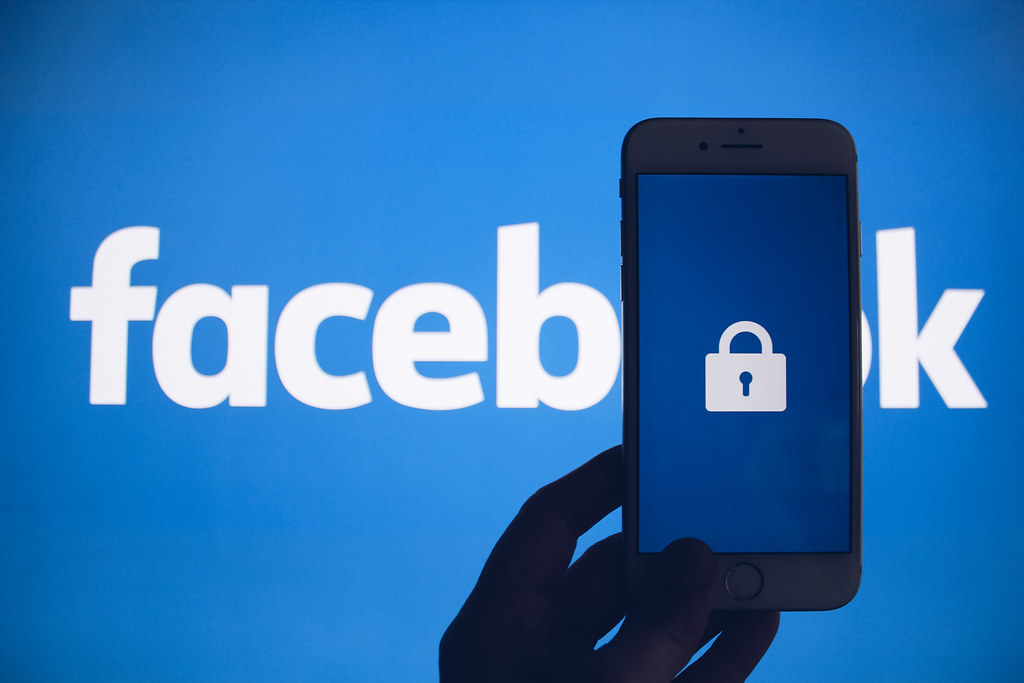
15. **Posting Cryptic Song Lyrics as Facebook Statuses**Oh, early Facebook! A wild west of online expression where the cryptic song lyric status reigned supreme. In those nascent days of social media, teens had a peculiar habit of posting vague lines from emo bands or heartfelt breakup anthems as their status updates, often without any further explanation. It was a subtle, yet undeniably dramatic, way to hint at their mood, a burgeoning crush, or a recent heartbreak.
This practice was a masterclass in passive-aggressive communication, or perhaps just a bid for attention without having to directly articulate personal feelings. Friends would often try to decode the meaning, leading to private messages of “Are you okay?” or frantic attempts to guess the song’s context. The deliberate ambiguity of these lyrical snippets often left the true message hanging, fostering a sense of mystery (or mild annoyance) among one’s online circle.
Today, that habit feels overtly dramatic and delightfully cringe-worthy. While music still plays a huge role in self-expression, most people now just post their thoughts, memes, or actual updates, keeping things more direct and, dare we say, real. The era of the cryptic song lyric status is a charmingly awkward footnote in the history of social media, showcasing a time when we were all collectively figuring out how to express ourselves in a brand new digital world.
Looking back at the 2000s, it’s clear that pop culture wasn’t always on point. What once seemed normal or entertaining now feels out of touch or downright embarrassing. From celebrity feuds and outdated movie plots to fashion missteps and cringeworthy reality TV, the decade was packed with moments that haven’t aged well. These flashbacks aren’t just a source of secondhand embarrassment—they also highlight how much media, entertainment, and public attitudes have changed. While the early 2000s had its charm, it also left behind a trail of pop culture moments that people can’t help but cringe at today. By revisiting these iconic yet awkward memories, audiences get a clearer view of how far pop culture has come—and how important it is to keep growing.

